Understanding High-Risk Mold Environments in Home Storage Areas

The space beneath your bathroom sink creates one of the most dangerous mold environments in your home. To inhibit mold growth, it's best to keep the humidity levels in your home at no higher than 50 percent. Unfortunately, bathroom storage areas routinely exceed these safe levels. Leaky pipes, condensation from plumbing fixtures, and poor ventilation combine to create a moisture paradise for mold spores.
Bathrooms, with their high humidity levels and often inadequate ventilation, are prime breeding grounds for black mold. This hidden storage space often goes unchecked for months, allowing extensive mold colonies to develop on stored toiletries, cleaning supplies, and cabinet surfaces. The confined space traps humid air while organic materials like wooden cabinet interiors provide perfect food sources for mold growth.
Bedroom Closets Near Exterior Walls
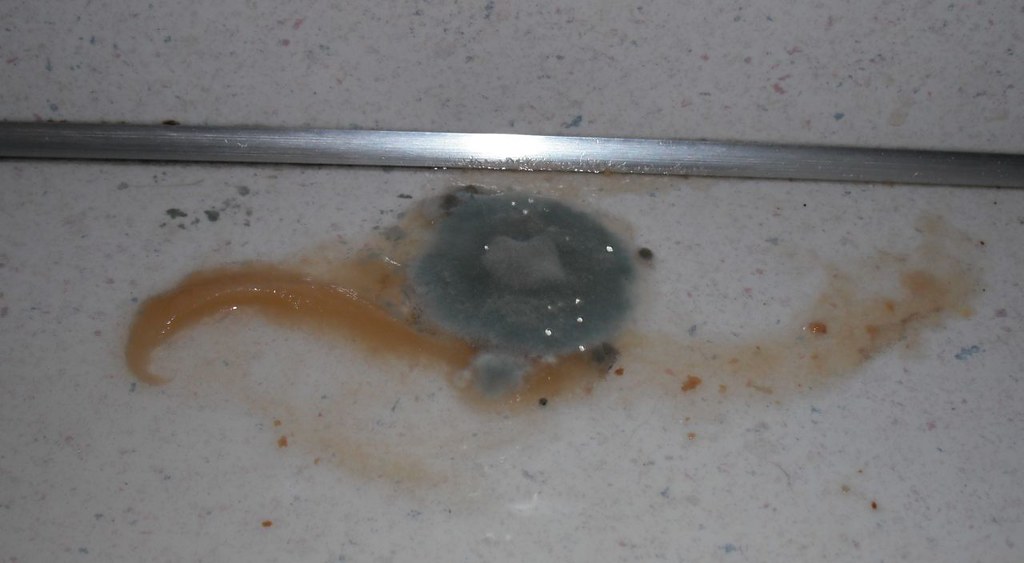
Bedroom closets positioned against exterior walls face unique mold challenges that many homeowners never consider. Humidity is one of the biggest reasons for moldy closets, but leaky plumbing and attic mold can also be factors. Temperature differences between interior and exterior walls create condensation problems that fuel mold development.
Humidity occurs in the air during the summer months or if your closet is near a bathroom or basement. Because closet doors typically remain closed, humidity gets trapped inside. The lack of air circulation in these spaces allows moisture to accumulate on clothing, walls, and stored items. Due to our closets' dark, closed, and often poorly ventilated nature, they are the perfect place for mold to grow. Even minor wall moisture from exterior humidity can trigger significant mold problems in these confined spaces.
Basement Storage Areas
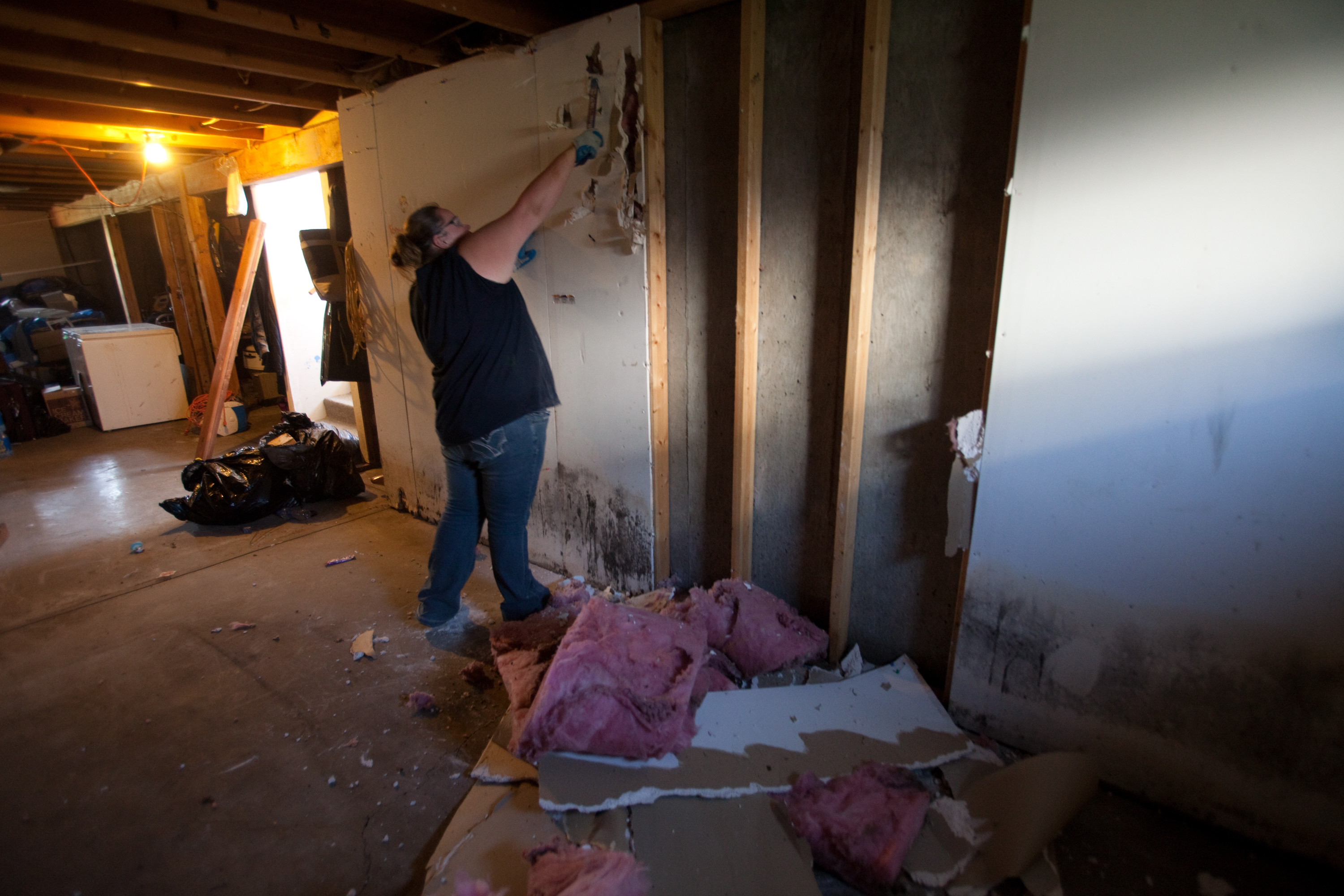
Basement storage represents one of the highest-risk areas for mold contamination in homes across the country. Mold growing on a suitcase stored in a humid basement demonstrates how quickly stored items can become contaminated in these environments. The combination of naturally higher humidity levels and poor ventilation makes basements particularly vulnerable.
Basements and Crawl Spaces: These areas are prone to higher humidity and are often less ventilated, making them ideal for mold growth. Foundation moisture, ground water seepage, and inadequate climate control create perfect conditions for mold colonies to flourish on stored belongings. Cardboard boxes, fabric items, books, and seasonal decorations stored in basements frequently develop extensive mold damage that spreads throughout the storage area. The financial cost of replacing contaminated stored items often exceeds thousands of dollars.
Kitchen Cabinets Under Sinks
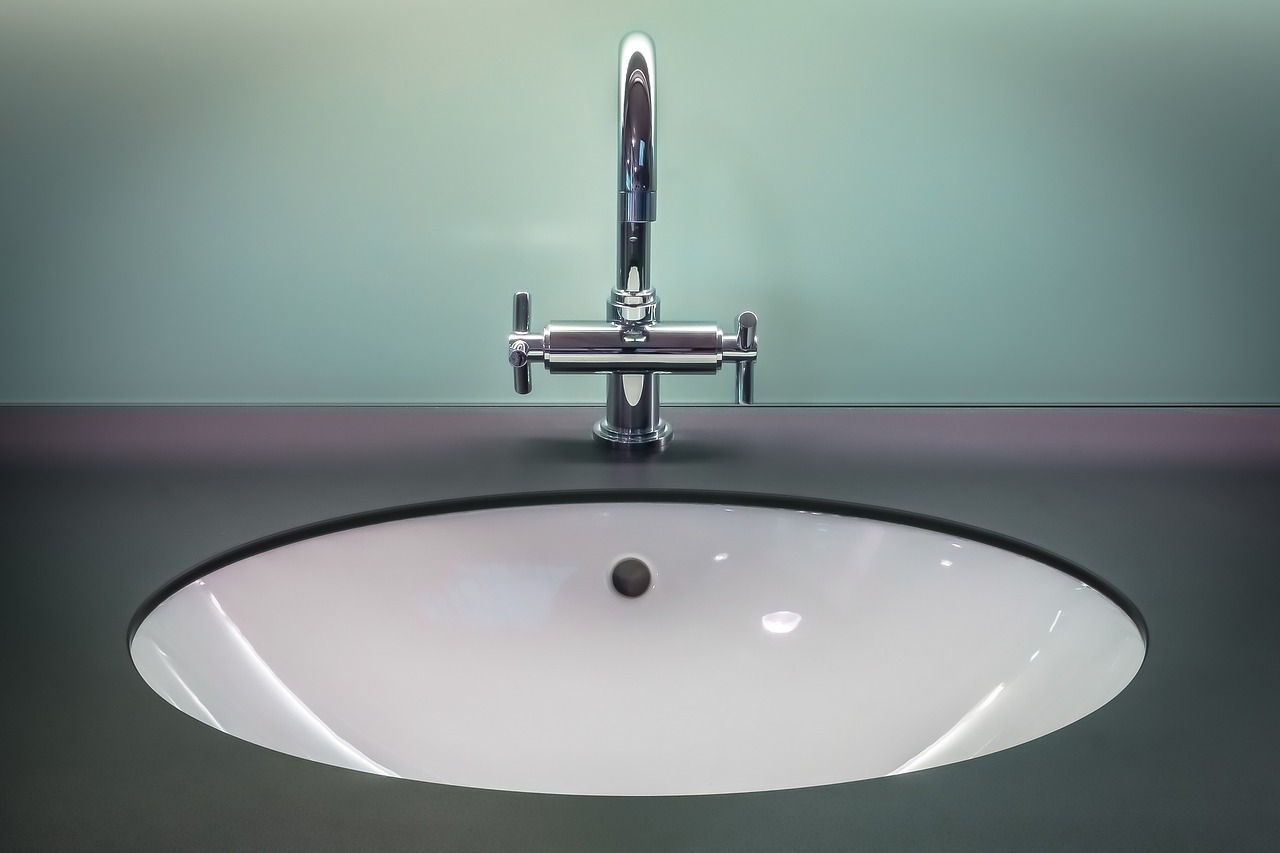
The cabinet space beneath kitchen sinks creates another high-risk mold environment that often goes unnoticed until serious contamination occurs. Bathrooms and Kitchens: Frequent use of water and potential for leaks make these areas common for mold development. Plumbing leaks, dishwater splashing, and inadequate ventilation combine to create ideal mold conditions.
Garbage disposals, water filters, and cleaning supply bottles stored in these areas often trap moisture against cabinet surfaces. The confined space prevents proper air circulation while organic debris from kitchen activities provides abundant food sources for mold spores. Temperature fluctuations from dishwasher heat and cold water pipes create condensation problems that further encourage mold development. Many homeowners discover extensive mold damage only when replacing appliances or addressing plumbing issues.
Attic Storage Spaces
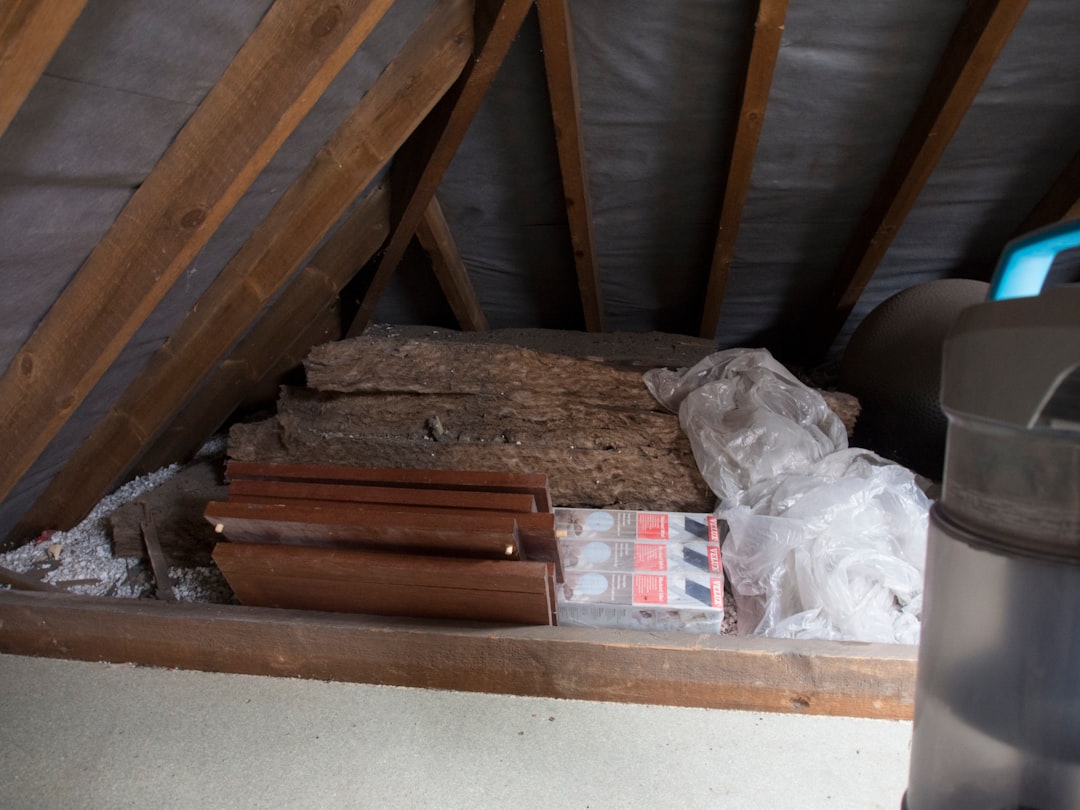
Attics: Poor ventilation and roof leaks can create a hospitable environment for mold. Attic storage areas face unique challenges from temperature extremes, roof leaks, and inadequate ventilation that create perfect mold growing conditions throughout the year. Most homes these days have their attic hatch inside a closet, and these hatches are sometimes poorly insulated or not insulated at all.
The cold, damp air from the attic combines with the warm air inside the closet, creating moisture on the hatch, and mold will grow on that and spread if not recognized quickly. This creates contamination that spreads beyond the attic into living spaces. Holiday decorations, seasonal clothing, and family memorabilia stored in attics frequently develop severe mold damage during humid summer months. The extreme temperature variations between seasons create condensation cycles that fuel continuous mold growth on stored items.
Utility Room Cabinets
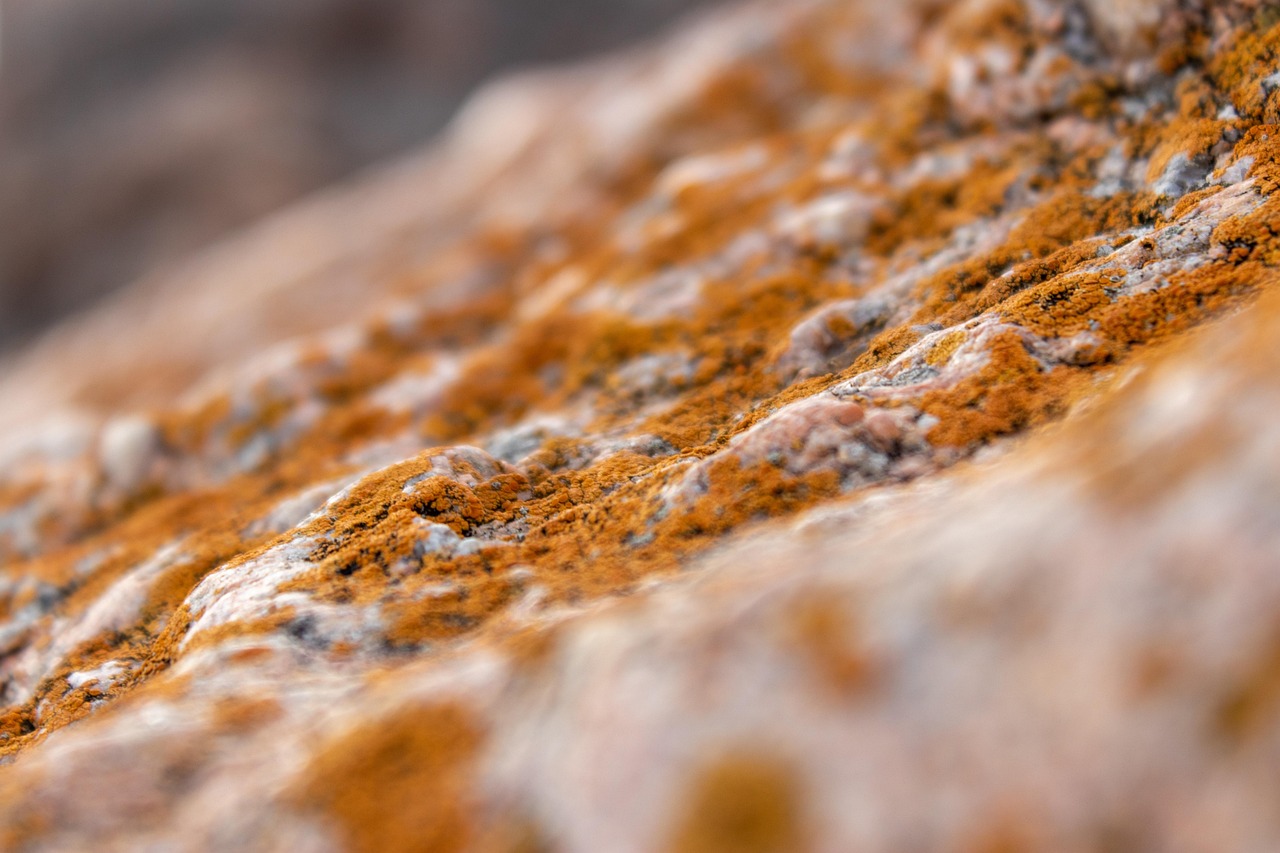
Utility rooms housing water heaters, washing machines, and stored cleaning supplies create surprisingly dangerous mold environments. A closet or small storage area with a water heater inside presents another great environment for mold growth. Sometimes, a water heater will purge extra pressure and create some steam and water. This will disperse the walls and ceiling of the closet and start the mold growth process.
This water is hot, and the tank/heater creates some heat to speed up the growth of the mold. The combination of heat, moisture, and stored organic materials like cardboard boxes or fabric items creates ideal conditions for rapid mold development. Washing machine vibrations can loosen plumbing connections, creating slow leaks that remain undetected for extended periods. Chemical vapors from stored cleaning supplies can also interact with mold spores to create potentially dangerous air quality conditions throughout the home.
Pantry Storage Areas
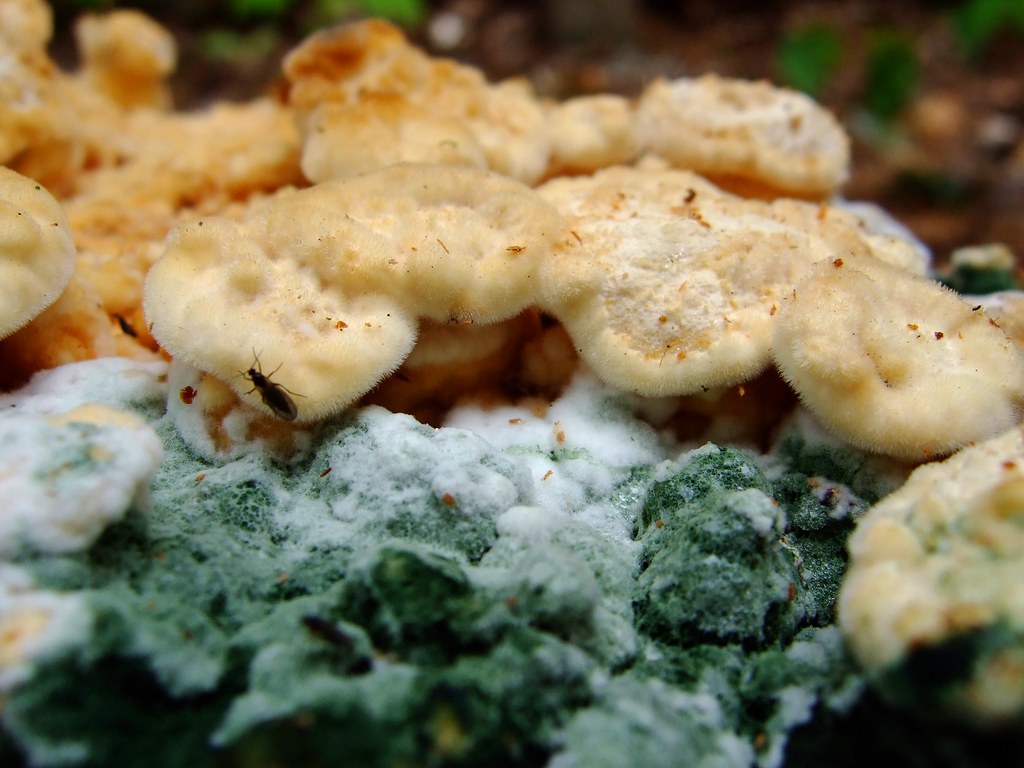
Kitchen pantries face unique mold challenges from food storage, temperature fluctuations, and moisture from cooking activities. Spilled liquids, expired food items, and inadequate ventilation create perfect conditions for mold development on stored goods and pantry surfaces. Canned goods with damaged seals, flour containers, and produce storage bags often develop mold contamination that spreads throughout pantry spaces.
The confined area with limited air circulation allows mold spores to concentrate and colonize on multiple surfaces simultaneously. One of the most nutrient-rich sources of food for mold is cotton. If the cotton absorbs moisture, mold develops. Even reusable shopping bags stored in pantries can become mold sources that contaminate food storage areas.
Closets with Plumbing Access
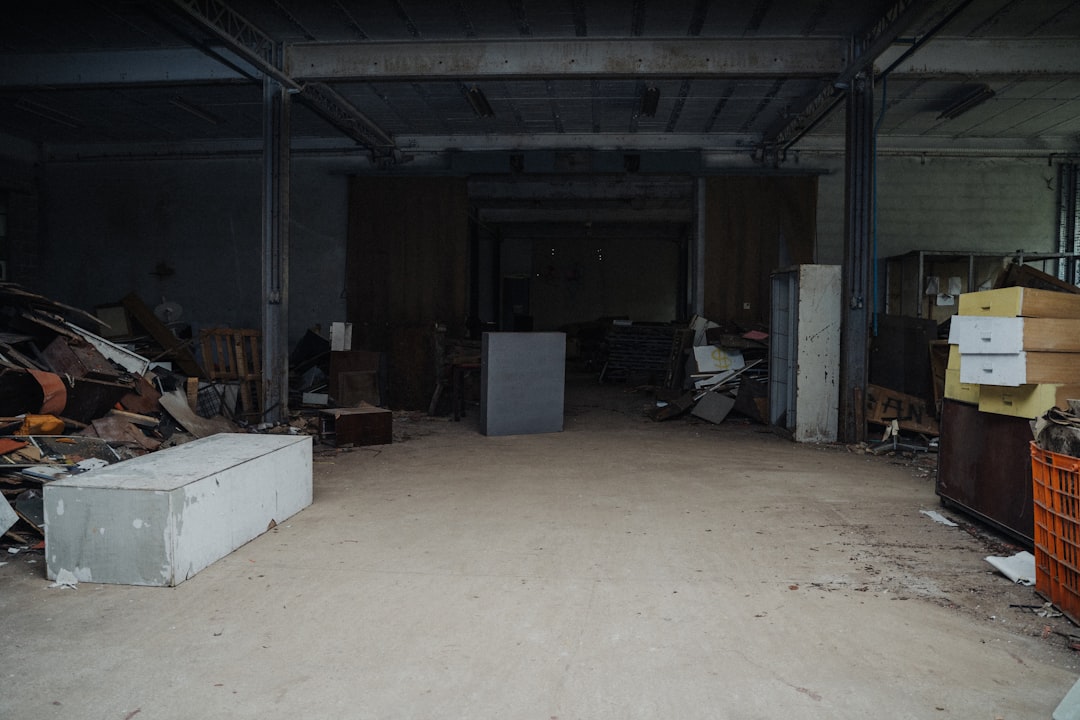
Having a sump pump in a basement closet is an ideal place for mold, as you have an open water source with the sump. If the humidity is high from the sump inside the closet, mold will colonize the walls and ceiling, causing a real health issue in the closet area. Closets containing plumbing access points create concentrated mold risks that many homeowners overlook.
Water meter access, shut-off valves, and pipe runs through closet spaces create multiple opportunities for moisture problems. A pipe leaking behind the closet walls can cause enough moisture for mold or mildew growth. In this same sense, attic mold or a leaky roof can trickle down and affect closets or other lower-level rooms. The combination of confined space, poor ventilation, and potential water sources makes these storage areas particularly vulnerable to serious mold contamination that can spread throughout the home's structure.
Garage Storage Shelving

Garage storage areas face extreme temperature variations and humidity challenges that create ideal mold growing conditions throughout seasonal changes. Concrete floors and walls contribute moisture through condensation while stored items like cardboard boxes, fabric, and wood provide abundant food sources for mold colonies. Automotive chemicals, fertilizers, and other organic materials stored in garages can interact with moisture to create particularly aggressive mold growth patterns.
The large open space allows mold spores to circulate freely and colonize multiple storage areas simultaneously. Seasonal items like camping equipment, holiday decorations, and sporting goods stored in garages frequently develop extensive mold contamination during humid months. The financial impact of replacing contaminated stored items often reaches thousands of dollars for affected families.
Bathroom Linen Closets
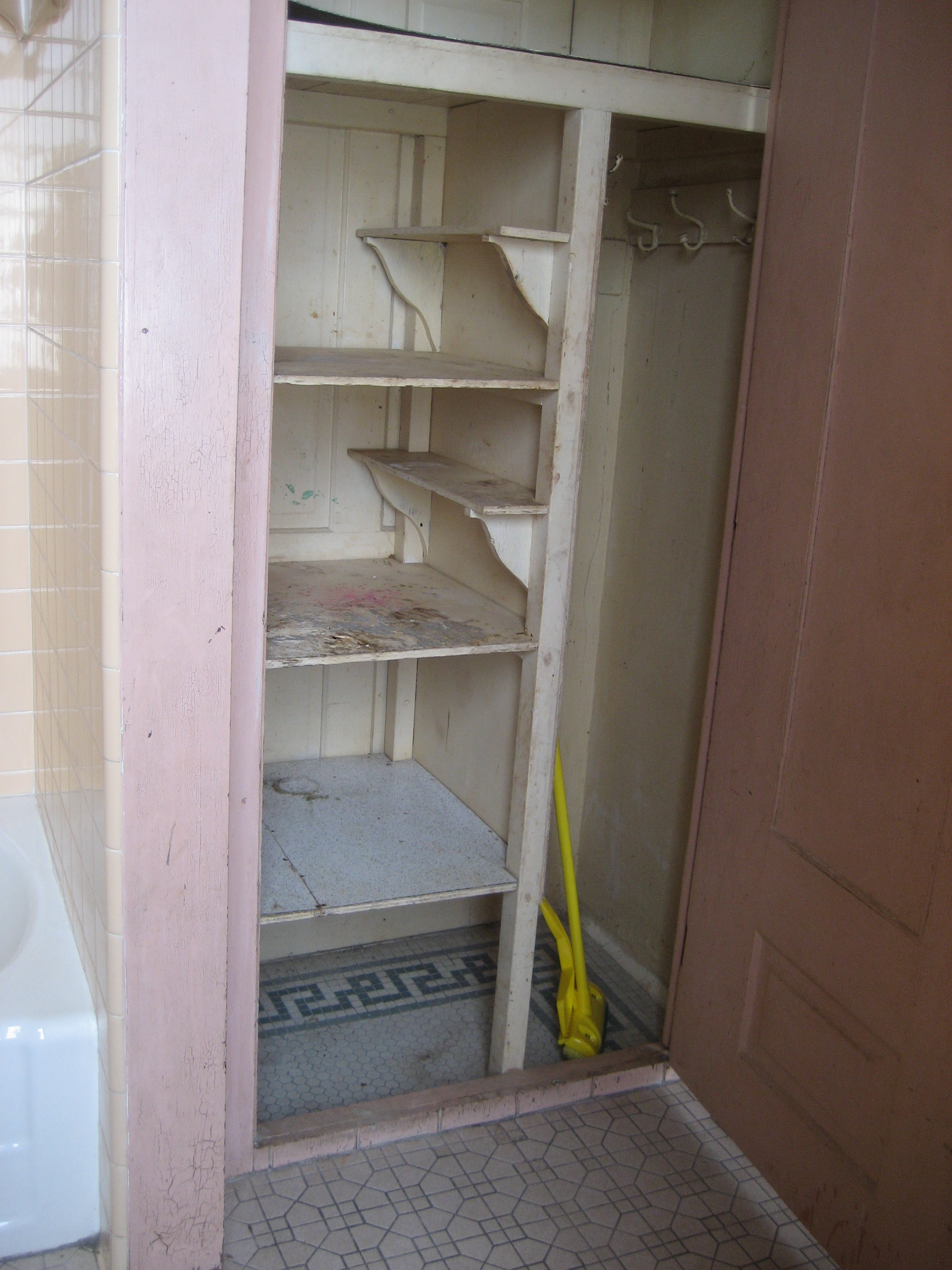
Linen closets adjacent to bathrooms face constant exposure to humidity from showers, baths, and daily bathroom activities. If there's some mold in the shower or elsewhere in the bathroom that seems to reappear, increasing ventilation (running a fan or opening a window) and cleaning more frequently will usually prevent mold from recurring, or at least keep the mold to a minimum. Towels, bed linens, and bathroom supplies stored in these spaces often retain moisture from bathroom activities, creating perfect conditions for mold development.
The confined space with limited air circulation allows humidity levels to remain dangerously high for extended periods. Don't use carpet in places like bathrooms or basements that may have a lot of moisture. Similarly, fabric items stored in bathroom linen closets face constant mold risks from elevated humidity levels that exceed safe storage conditions.
Crawl Space Storage
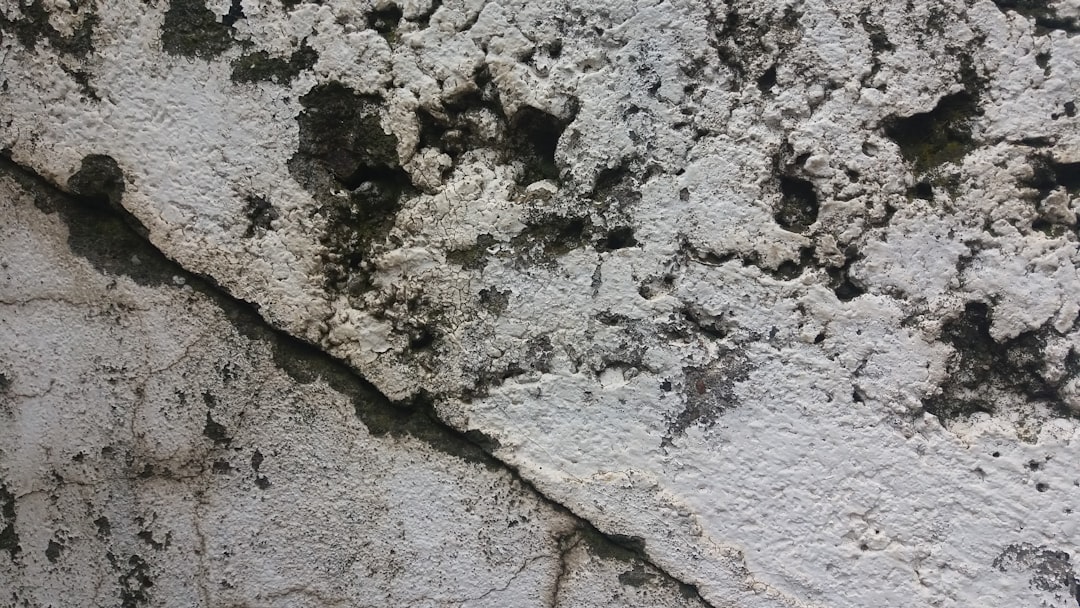
Crawl space storage areas represent some of the most dangerous mold environments in residential properties due to ground moisture, poor ventilation, and temperature extremes. These spaces often contain HVAC equipment, stored seasonal items, and building materials that provide abundant food sources for aggressive mold growth. Ground water seepage, foundation moisture, and condensation from temperature differentials create continuously damp conditions that fuel extensive mold colonies.
The limited access and poor lighting in crawl spaces allow mold problems to develop unchecked for years before discovery. Any kind of water damage (flood, pipe burst, leakage) can facilitate the growth of a mold in as soon as 24-48 hours. Crawl space conditions often provide the perfect environment for this rapid mold development, creating serious structural and health risks for the entire home.
Prevention and Safety Measures
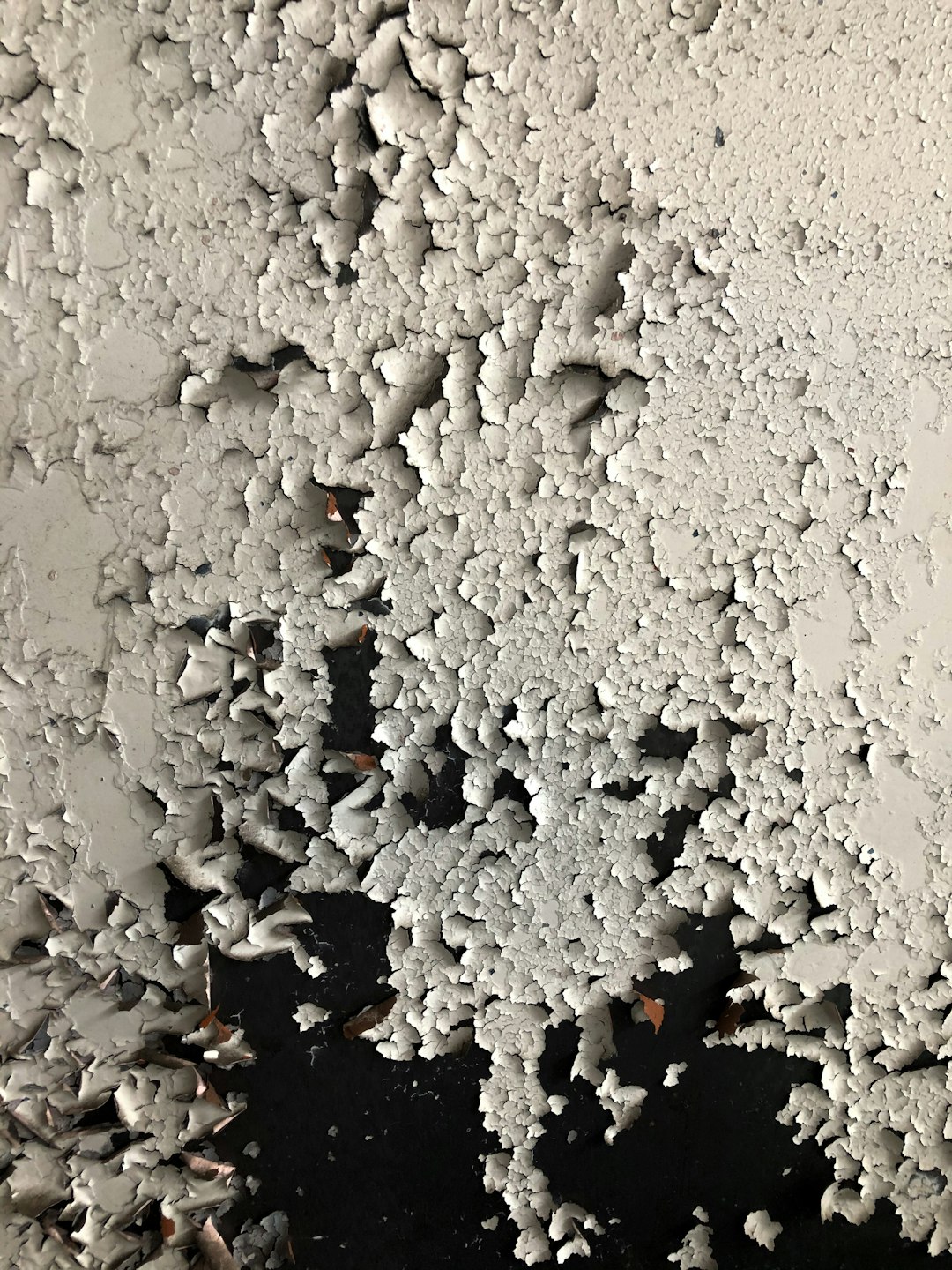
Environmental research reveals that controlling moisture represents the most effective strategy for preventing mold growth in home storage areas. There is no practical way to eliminate all mold and mold spores in the indoor environment; the way to control indoor mold growth is to control moisture. Professional remediation services are expanding rapidly to meet growing demand.
The global mold remediation service market is reportedly growing steadily, with industry projections showing continued expansion through 2030. This growth reflects increasing awareness of mold's serious health and financial impacts on homeowners. Regular inspection of storage areas, maintaining humidity levels below fifty percent, and immediate repair of moisture sources provide the best protection against dangerous mold contamination in your home's storage spaces.
Understanding these eleven high-risk storage areas can help you protect your home and family from the serious health and financial consequences of mold contamination. Regular monitoring and prompt action when moisture problems develop represent your best defense against these hidden household dangers.